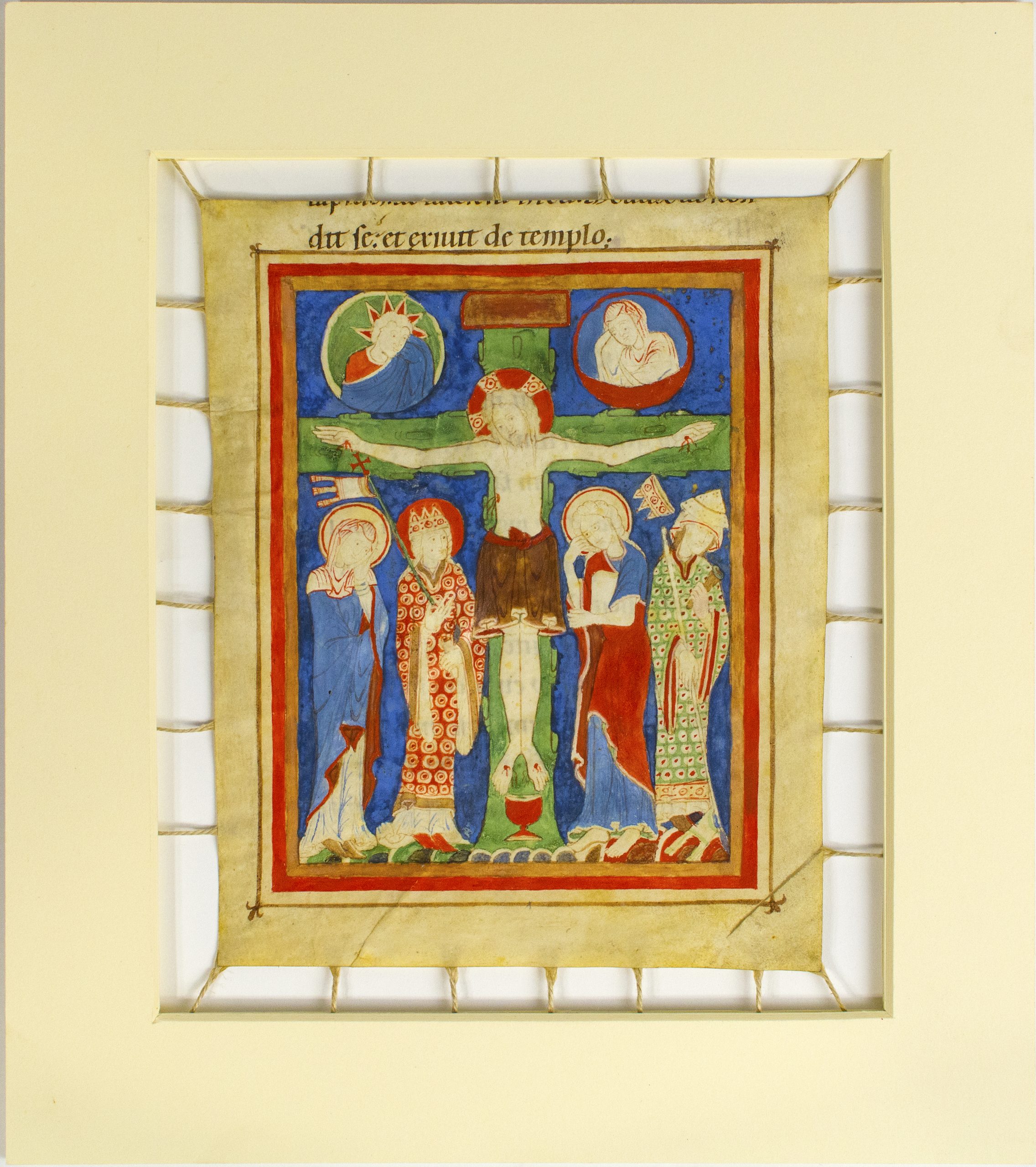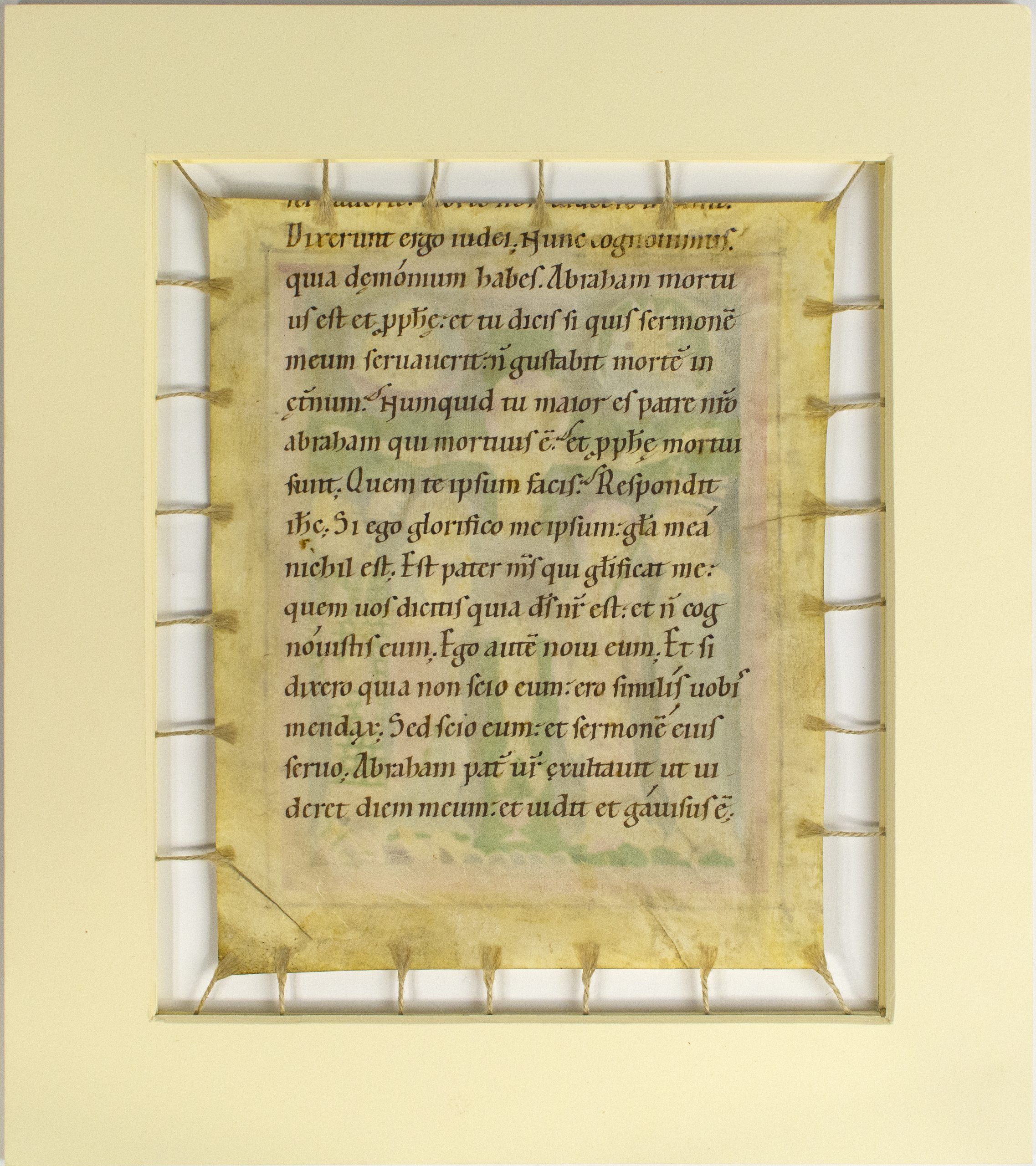
Page (manuscript)/Vellum/12th century AD/The Hunt Collection/PD

Page (manuscript)/Vellum/12th century AD/The Hunt Collection/PD
Welcome to the Art of Reading in the Middle Ages (ARMA) curriculum linked teaching and learning resources for schools. These harness medieval digital collections from the Hunt Museum and Limerick Museum and manuscripts available through Europeana Foundation
The ARMA programme aims to explore how reading culture evolved in the Middle Ages and became a fundamental aspect of European culture. The main objectives of this programme is to digitise up to 20,000 medieval manuscripts (c. 500 and c. 1500) and make them accessible online for anyone to use copyright free. Critically the programme will also unlock the educational potential of these digital collections by producing an online exhibition, blogs and other editorials and teaching and learning resources.
Click here for ARMA Making Ink resource.
Click here for ARMA Reading Aloud Resource
Resource 1: Calligraphy in the Middle Ages
Suitability: 4th to 6th classes

Translator at work from BL Royal 18 E III, f. 24 by Valerius Maximus, translated by Simon de Hesdin and Nicholas de Gonesse - 1479 - The British Library, United Kingdom - Public Domain.

Manuscript leaf from a Book of Pericopes/Animal,Skin,Mammal skin,Parchment,Vellum/12th century AD/The Hunt Collection/PD

Manuscript leaf from a Book of Pericopes/Animal,Skin,Mammal skin,Parchment,Vellum/12th century AD/The Hunt Collection/PD
Visual Art
History
Today it is easy and quick to record and disseminate information, but in the Middle Ages this process was slow and laborious. All books known as manuscripts were copied by hand using a decorative style of script known as calligraphy.
These teaching materials will enable primary school children to learn about the process and history of calligraphy by comparing and contrasting manuscript examples from Europeana’s collections and historical objects from Limerick Museum and the Hunt Museum associated with the practice of calligraphy. The children will then fashion a calligraphy pen and use it to create their own piece of calligraphy.
With thanks to:







If looking for one of our objects, please click here